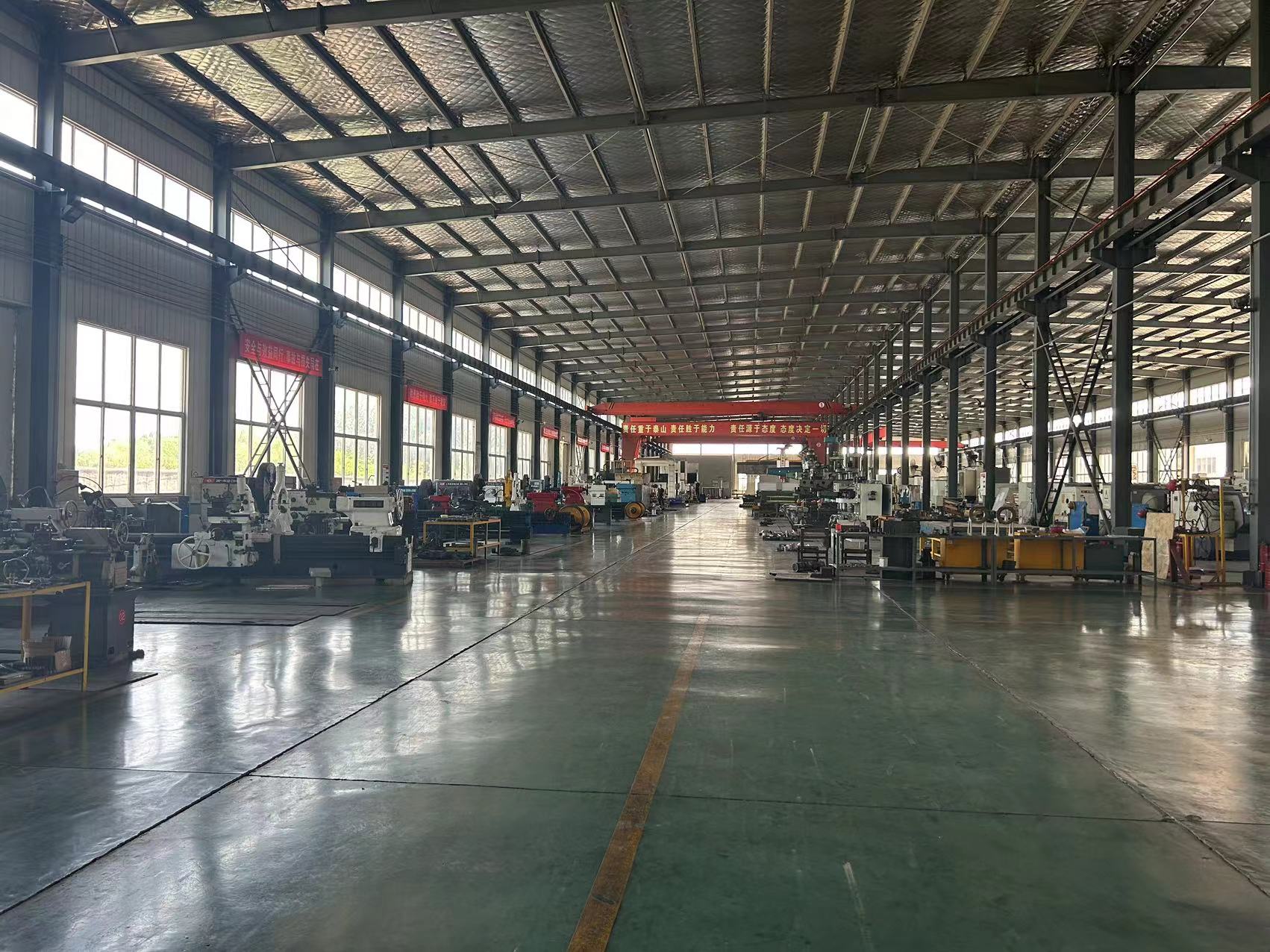Tapping is a process used to create threads, typically internal threads, in a hole or opening in a workpiece. It involves the use of a tap, which is a dedicated cutting tool for threads. The tool essentially functions similarly to an ordinary drill. The cutting element of a tap is its thread, while the indented section is referred to as a groove. This groove serves the purpose of housing and facilitating the material that the cutting edge removes. This technique has been in use for a considerable period and can be carried out manually or with the assistance of power tools. In cases of high-speed material machining, like aluminum and steel, machinists commonly opt for tapping technology. Furthermore, CNC machines, encompassing lathes, drilling machines, and vertical milling machines equipped with power tools, employ taps that can generate up to 20 threads within a length equivalent to one hole diameter of the workpiece.
To learn more, see our guide on tapping.
What Does Thread Tapping look like?
A tap resembles a screw or a bolt, characterized by grooves running along its sides. These grooves effectively guide the removal of chips from the workpiece during the machining process. The sharp edges at the end and outer periphery of the tap are responsible for cutting the threads. Taps function in a way similar to other rotary tools: they are securely held in a collet, chuck, or specialized “floating” tool holder and are then advanced into the workpiece at a specific feed rate.
How Does Tapping Work?
Tapping begins with the preparation stage, in which a hole of the appropriate size is drilled into the material. The size of the hole must be sufficient to accommodate the tap while leaving room for the creation of threads. The hole’s dimensions are critical to ensure a proper fit for the threads. Next, the tap is perfectly aligned with the prepared hole. Cutting fluid or lubricant is then applied to both the tap and the hole. Lubrication serves several purposes, including reducing friction and heat generation during the tapping operation. With the hole prepared, aligned, and lubricated, the tap is inserted into the hole. The tap is then rotated clockwise (for normal, right-hand threads) while being fed into the material. As it rotates, the tap’s cutting edges engage with the material, gradually cutting and forming the threads. It’s important to periodically reverse the tap’s rotation to break the chips created during the cutting process. This prevents the chips from clogging the hole and interfering with the threading process.
After the tapping process is complete, the workpiece undergoes a clean-up phase. This involves removing any remaining chips or debris from the hole, as well as cleaning away any residual cutting fluid or lubricant.
How Is Tapping Used in Manufacturing?
Thread tapping is used to create interior threads in holes. One of the most common applications of tapping is in the production of threaded holes and nuts that receive threaded fasteners, such as screws and bolts. These components are essential for assembling machinery, structures, and consumer products.
Furthermore, thread tapping plays a crucial role in industries such as: automotive, aerospace, electronics, medical, and construction. Thread tapping is utilized in the automotive sector to establish internal threads in transmission housings, engine blocks, suspension components, brake systems, and other vehicle parts. The aerospace industry also relies on thread tapping to manufacture threads in critical aircraft components, including landing gear, engine parts, and structural elements. Additionally, thread tapping is essential in the electronics industry for creating threads that accommodate fasteners and screws in a variety of devices, such as smartphones, computers, and consumer electronics. Finally, in the medical field, thread tapping is used to make threads in surgical instruments and medical equipment.
What Are the Advantages of Tapping?
Tapping has the following advantages:
- High-speed tapping centers, equipped with rigid taps, can efficiently create threaded holes in significantly less time compared to thread milling the same holes.
- Tapping can thread deeper holes in materials like steel, which is a bit harder than some other metals.
- Excels in small threads. In cases in which these miniature threads are more than a few diameters deep, taps might become the preferred choice due to their wider availability and applicability for such intricate applications.
What Are the Disadvantages of Tapping?
Here are some drawbacks associated with thread tapping:
- With tapping, different sizes of taps are necessary for different hole sizes. This increases cycle time.
- Does not allow you to adjust thread fit. If you’ve tapped the hole, then the size and the position of the thread are final.
- It’s used exclusively for the inner threading of holes.




